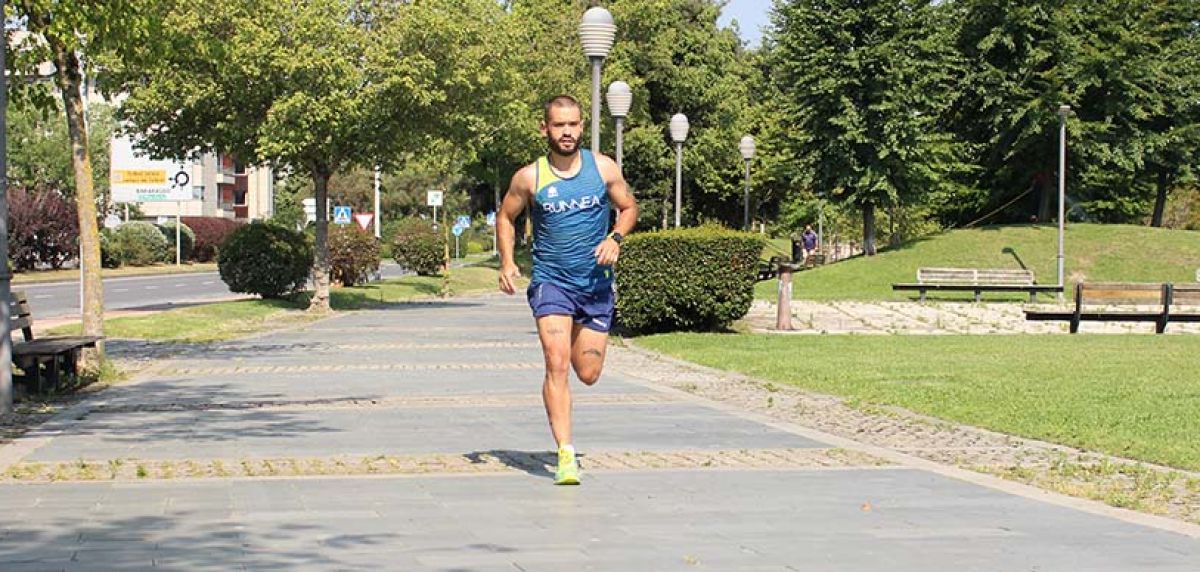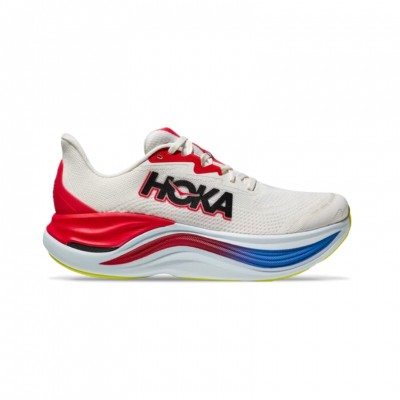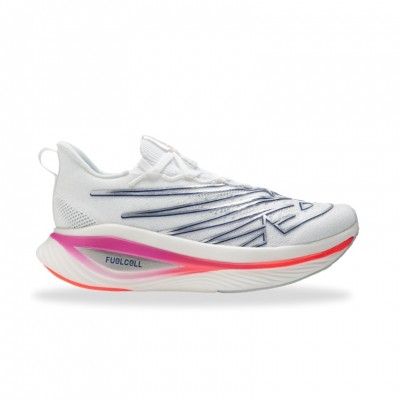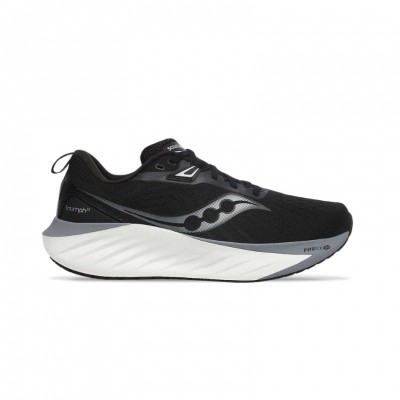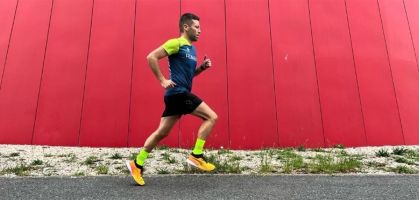You may be interested in:
Due to the boom in running practice and, above all, the greater role of research and technologies, the approach to training has significantly changed in recent decades. Back in the 80s or 90s both casual and professional runners relied solely on a stopwatch, track pace and their own sensations. Nowadays, we are fortunate to have many tools and methodologies to meticulously plan our sporting goals.
Surely, all runners who have a passion for wearing running shoes are familiar with the most common concepts used in the training process, such as pace (expressed in minutes per kilometre) or heart rate, but what happens when you hear about VO2max, MAP or MAS? They probably ring a bell, but it's more likely that you don't really know what they mean.
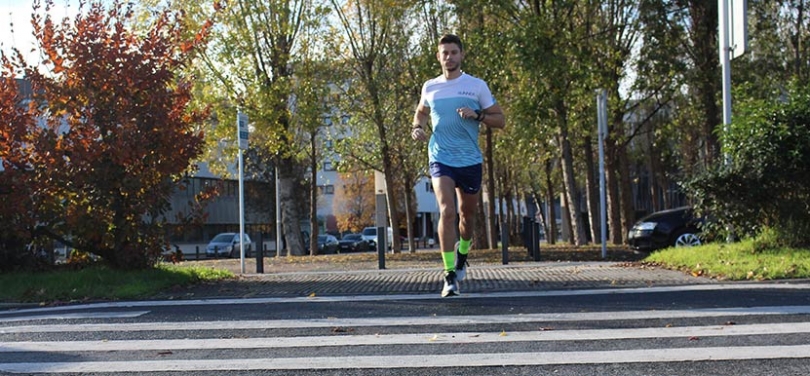
What happens today is that, in the face of the abundance of information, we must learn to select the elements that really interest us and we will put into practice in our training. This does not mean that we have to be experts in the field, but the truth is that it is very interesting to understand the most common terms used in the running world to know how they work and how they affect our performance.
As a result of the multitude of queries we receive, we have gathered the most frequent and recurrent doubts regarding the vocabulary used among runners and coaches.
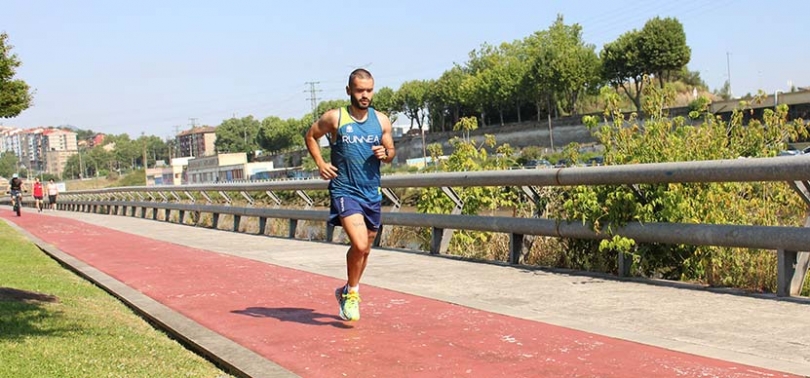
VO2max, MAP, MAS... What is each one and why shouldn't you confuse them
Here, we will provide a brief and simple description of each term and how it can influence or guide your training process. Let's dive in!
V02max
Maximal oxygen uptake is the maximum amount of oxygen that the body can absorb, transport and consume at any given time. It therefore refers to an individual's potential to optimise the use of all the oxygen taken in. Stimlating VO2max is one of the main objectives of training, as it allows us to increase the time and speed at which we can sustain running in the presence of oxygen, delaying the uncontrolled accumulation of lactate (greater production than elimination).
It is usually expressed in mL/kg/min (mililitres per kilogram per minute)
To improve our maximal oxygen uptake, the running portion of our training should be divided, depending on the level, in intervals of 3 to 8 minutes, in which we should try to run at a minimum intensity of 8 to 9 out of 10. If you monitor heart rate, try to reach Zone 5.
However, do not consider the improvement of VO2max as the ultimate solution for all runners. While it may be a limiting factor in long-distance races, it is not the most determining factor when facing a half marathon or a marathon.
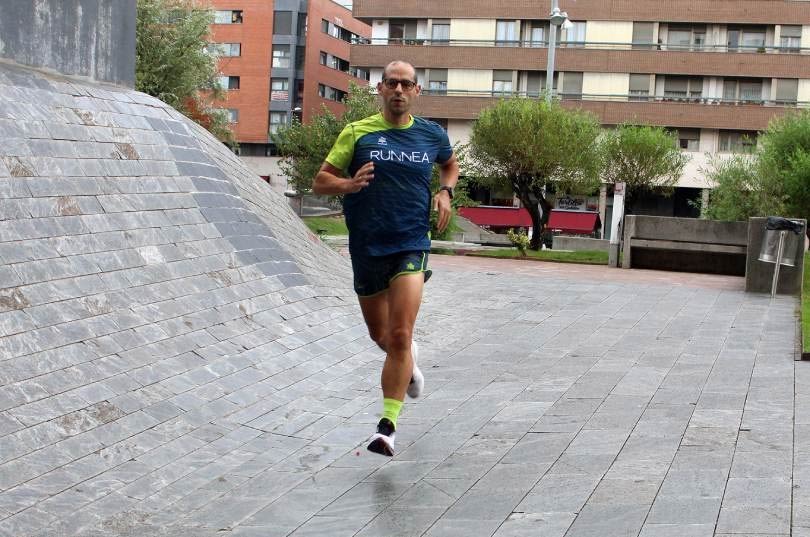
MAP
Maximal Aerobic Power (MAP) is the maximum power that an athlete can generate in an aerobic state. Therefore, it could be considered as the equivalence in watts (power) of VO2max, i.e., it is 100% of our VO2max. Since VO2max can only be obtained directly by means of a gas analyser, calculating MAP by means of a field test can help us when working at intensities close to the maximal oxygen uptake.
This is a much simpler intensity meter from the cycling world which uses power metres or potentiometers that are currently widespread among cyclists. Since a few years ago, the use of power estimators in running has gained popularity, so recording MAP can be of great help for runners.
MAS
Maximal Aerobic Speed (MAS) is the lowest speed at which VO2max is reached. As you might guess, it's an almost identical concept to MAP but, in this case, it's expressed in speed or pace (min/km). Knowing your MAP can be very useful in determining the appropiate pace for training sessions lasting 2 to 6 minutes to stimulate and improve VO2max.
The most commonly used field test to calculate MAS is usually the 5-minute test or, in some cases, the 6-minute test. It involves running at maximum intensity in this time, recording the distance covered as accurately as possible. The average speed or pace obtained based on the metres run will be our MAS, the minimum pace at which we will reach VO2max.
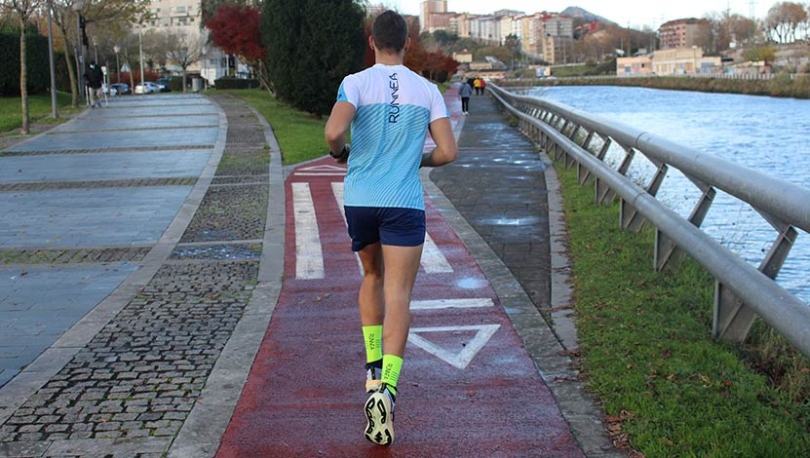
Similar but not identical
After reading the previous paragraphs you will have realized that these 3 concepts are interrelated. Although the most accurate method to determine and improve VO2max is to perform a laboratory test using a gas analyser, we are aware that most runners cannot afford or don't have access to such tests.
Knowing the usefulness and understanding how to calculate MAP or MAS can be of great help to stipulate and control the intensity at which we should run to improve our maximal oxygen uptake, whether express as power or pace. Would you like to give it a try?
Read more news about: Running Training
